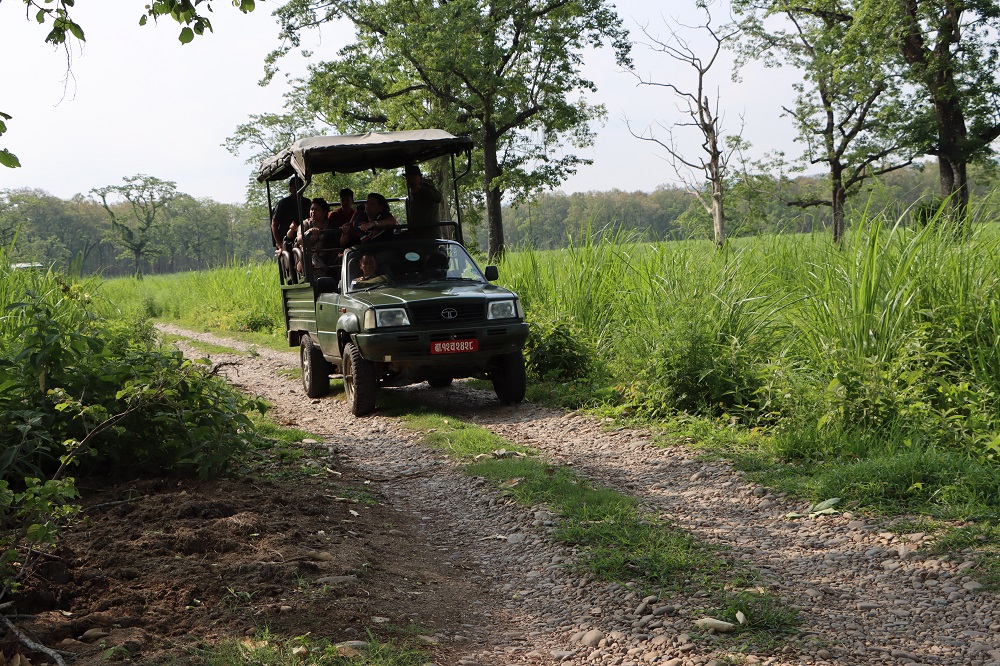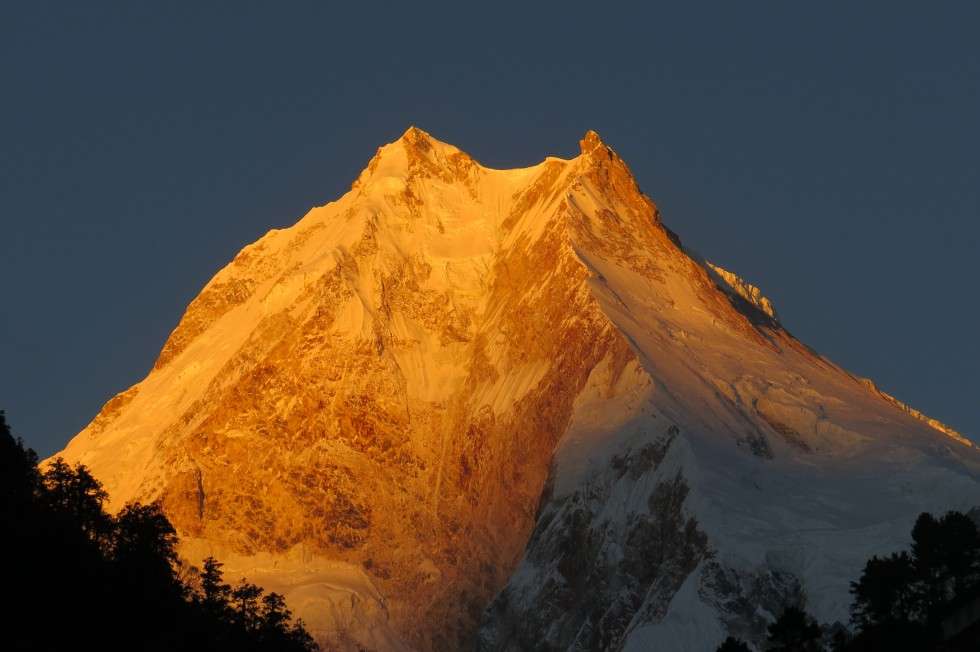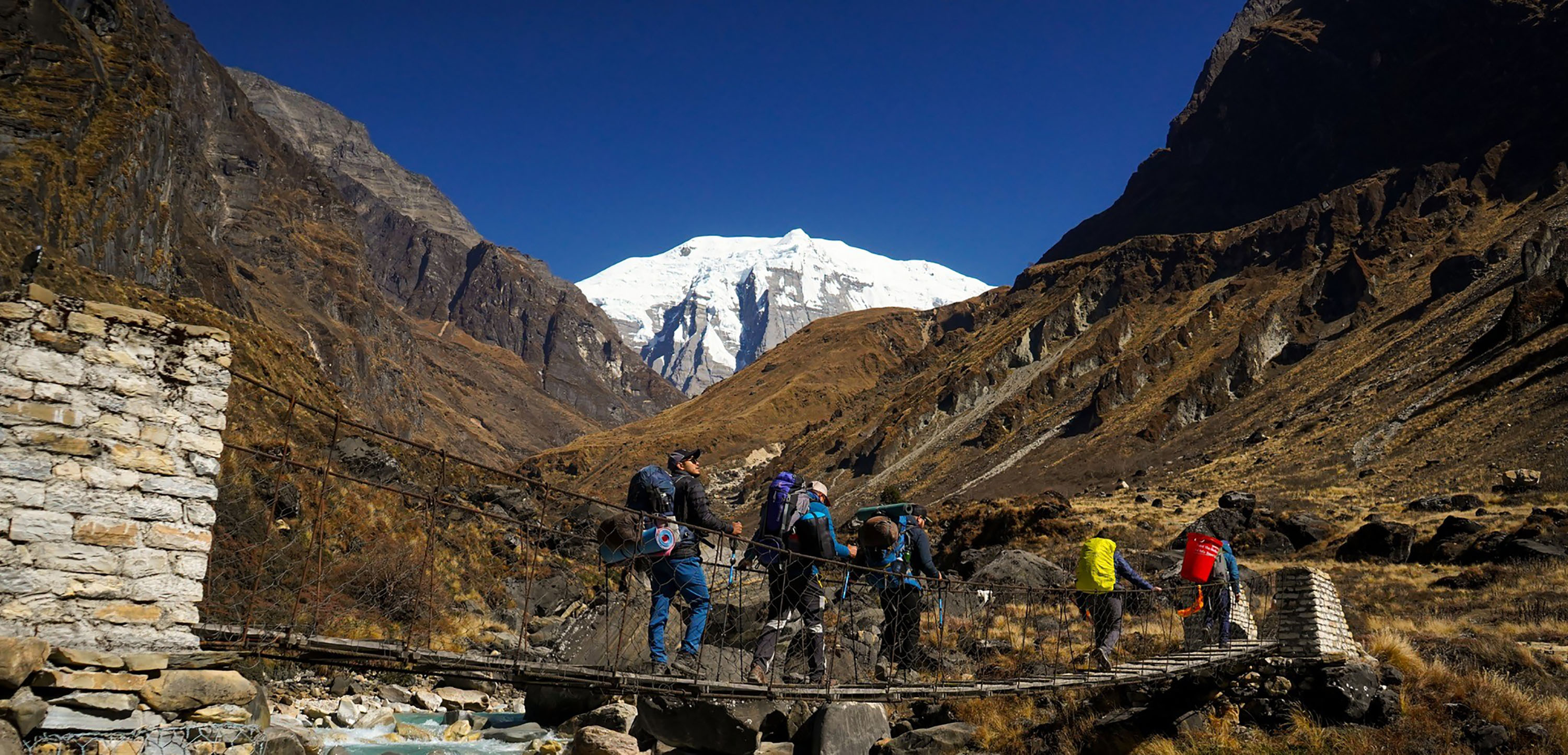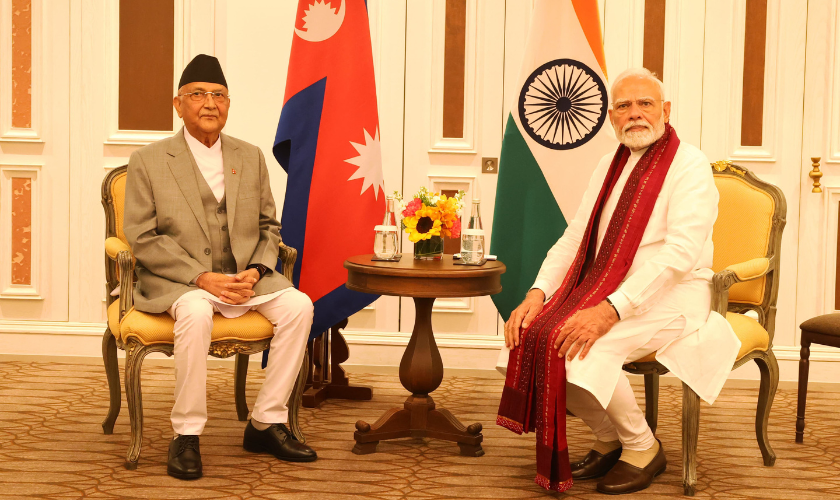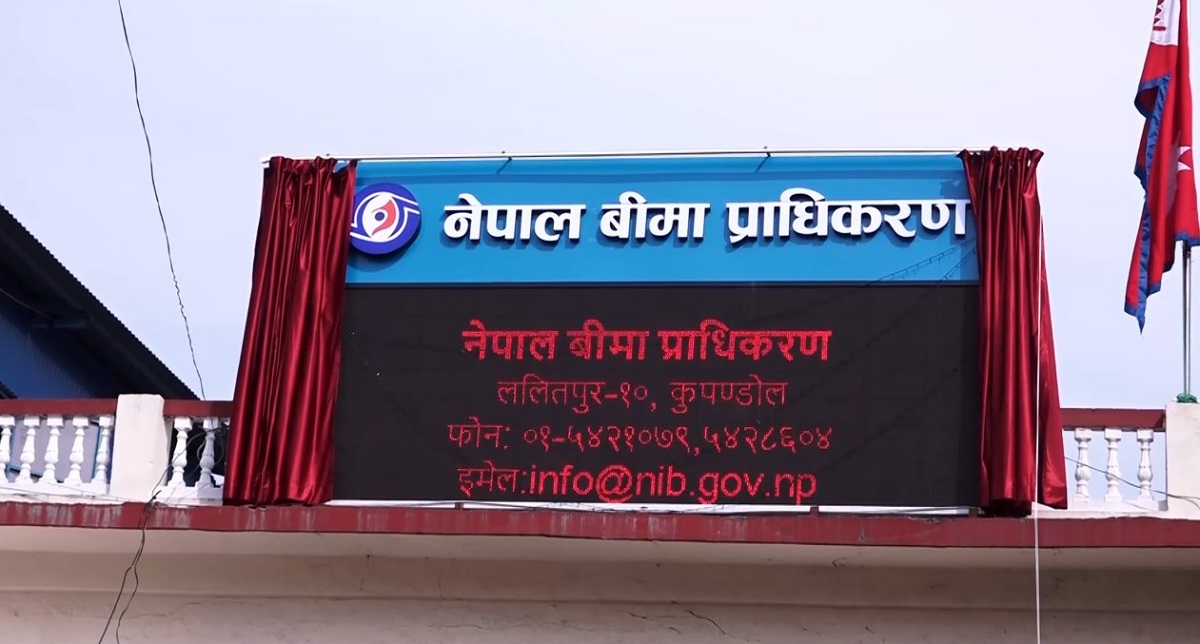On January 20, US President Donald Trump signed an executive order freezing foreign assistance funding and mandating a sweeping review of all American aid and development projects abroad. In Nepal, the impact was immediate and unsettling. At the USAID (US Assistant for International Development) office, uncertainty loomed like storm clouds, but the shockwaves extended far beyond bureaucratic corridors.
In Kathmandu’s hospitality sector, hotel managers anxiously checked their reservation logs. For years, they had relied on USAID-funded programs to fill their rooms and banquet halls, with calendars comfortably dotted with guaranteed bookings.
The fears turned into reality when the Ministry of Finance confirmed on January 26 that four major USAID projects were being halted. The prospect of empty rooms and canceled events sent a shiver through the industry, leaving hoteliers scrambling to navigate the sudden turn of fate.
By the second week of March, the scale of the cuts had emerged—34 USAID projects, worth Rs 46.12 billion ($329.429 million), had been permanently terminated. Of this, $174,255,867 had been allocated under the original bill of lading to the USAID headquarters.
The freeze came despite a May 2022 Development Objective Agreement (DOGA) between the government and USAID, which had outlined a five-year strategic plan committing $659 million in both on-budget and off-budget funding. Now, most of these projects are gone.
The cessation of USAID projects carries profound implications for Nepal’s development efforts, particularly in the health, agriculture and education sectors. As the government and stakeholders assess the damage and explore alternative funding sources, the hospitality industry finds itself in an equally precarious position. A substantial portion of events linked to these projects—accommodations, catering and conferences—had been directly tied to hotels. With funding now in limbo, the sector faces mounting uncertainty, grappling with potential losses from canceled bookings and diminished business opportunities.
Kathmandu’s Luxury Hotels Bear the Brunt
“We all knew Hilton’s big event was coming. They had secured a massive USAID-funded conference,” shared a senior executive from a leading Kathmandu hotel, requesting anonymity. “The guest list was packed with development partners, government officials and international delegates. Their banquet halls were fully booked, their rooms reserved. And then, just like that, it was gone.”
With the abrupt termination of USAID projects, the much-anticipated event at the newly opened Hilton was scrapped, dealing a major financial blow to the country’s first Hilton franchise. “This wasn’t just a setback—it was a major blow. Hotels in Kathmandu have long depended on these aid-funded programs for conferences, workshops and extended stays. Now, that revenue stream has evaporated with one executive order,” the executive added.
The funding freeze has significantly impacted the hospitality sector, particularly affecting prominent American franchise hotels like Hilton, Marriott, Aloft and Hyatt, among others. Since the freeze, Kathmandu Marriott has experienced a substantial decline in room bookings. On average, the hotel has lost 20 to 30 room reservations per day, translating to an estimated annual loss of 600 to 1,000 room nights, according to Sumit Agrawal, Vice Chairperson of MS Group, the owner of Kathmandu Marriott Hotel. “This decline has severely impacted the hotel's overall revenue stream,” he added.

Agrawal explained that the hotel previously offered rooms at an average rate of $164++ per night for USAID-related projects, a key factor in sustaining its premium service standards and financial stability. The hotel's food and beverage segment has faced notable setbacks, with revenue losses of nearly Rs 100,000 per day.
This underscores how deeply USAIDfunded projects were embedded in Kathmandu’s hospitality industry.
Agrawal’s other property, the Fairfield by Marriott in Thamel, which primarily accommodated lower-ranking staff associated with USAID-led projects, has also suffered. The hotel expects an annual loss of approximately 200 room bookings.
Rooms at Fairfield by Marriott were competitively priced at $70 per night, making it a preferred choice for project staff and contributing to steady occupancy levels before the funding cessation.
Aloft, another prominent brand of Marriott International, has also felt the heat. The hotel, which offers rooms at an average rate of $110 (with lowercategory rooms priced at $102 for single occupancy without breakfast), had maintained an impressive 80% average occupancy rate before the freeze. A significant portion of its clientele included trekkers and USbased visitors. Its banquet segment, which had been a lucrative avenue for events and gatherings, is expected to experience a sharp downturn. Additionally, overall room bookings are projected to decrease, posing a substantial challenge to the hotel’s revenue and operational sustainability
NGOs and INGOs: Major Clients
Nepal’s luxury hotels and cafes were heavily dependent on institutional clients, including diplomats, consultants and aid workers associated with USAID’s network. By funding health, education and infrastructure projects through different NGOs and INGOs, USAID ensured a steady influx of high-spending guests into Nepal’s luxury hospitality sector. Industry sources estimate that these clients contributed to 30-50% of revenue at top establishments. While Indian and Chinese tourists are now a primary focus for hoteliers, they cannot fully replace the consistent business generated by NGO/INGO clients.
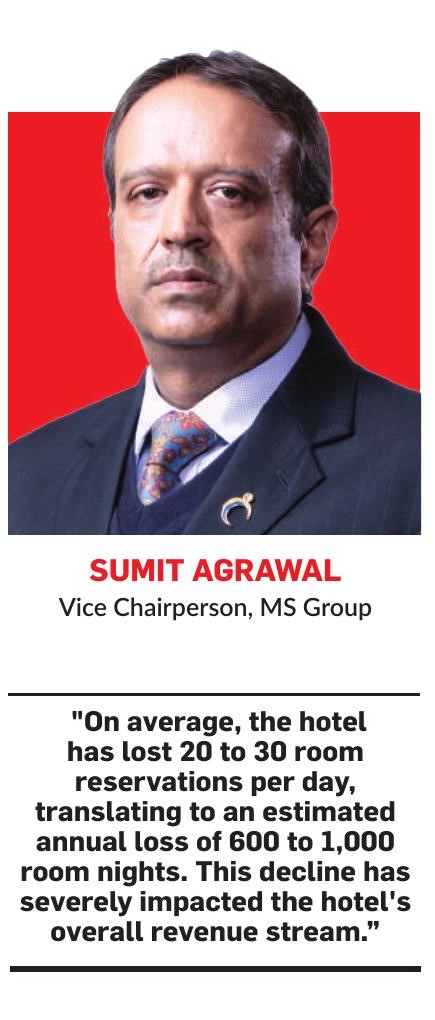
USAID’s programs included training, seminars and events for various categories of hotels, ranging from 5-star to budget accommodations. These programs also attracted foreign visitors, creating significant business opportunities across the hospitality sector. According to Vijay Nanmaran S, General Manager of Mercure Kathmandu, the funding freeze is expected to reduce overall hotel revenue by 30% across Kathmandu’s five-star properties.
For The Soaltee, the impact has been relatively moderate due to its diversified portfolio. However, hotels outside the Kathmandu Valley, such as those in Chitwan and Janakpur, have been hit harder as they depended more heavily on USAID-funded programs. “Overall, we saw about a 10-15% decline in business due to closure of USAID projects,” said Sudarshan Chapagain, Vice President of Soaltee Hotel Ltd which owns The Soaltee brand.
Hotels Outside Kathmandu Hit Harder
Hoteliers say that hotels outside Kathmandu, particularly those dependent on INGOs/NGOs for events, have borne the brunt of the funding halt. Hotels in cities like Surkhet, Janakpur, Nepalgunj, Butwal and Biratnagar are experiencing significant losses, as development sector guests made up a large portion of their clientele.
In Surkhet, the provincial capital of Karnali, hotels that previously hosted USAID-supported workshops, training sessions and health conferences are struggling with cancellations and declining occupancy rates. Many businesses in the region have suffered financial setbacks due to the loss of these development-linked events According to local hoteliers, earnings have plummeted by nearly 50%, raising concerns about the sector’s longterm viability. Ram Krishna Timilsena, Operations Manager of Siddhartha Hotel Surkhet, reported a 40% drop in business as of February. “This is the worst downturn that we have faced,” he said.
The impact extends beyond hospitality. Industry experts say USAID projects brought a steady influx of officials to Surkhet, benefiting not just hotels but also domestic airlines. With the termination of these projects, both the hospitality and aviation sectors are beginning to feel the impact.
Domestic airlines that once transported project personnel to and from Surkhet have experienced a decline in demand. Rupesh Joshi of Buddha Air, Nepal’s leading domestic airline, confirmed the trend. “While the decline has been minimal so far, we have seen a noticeable drop in passenger traffic to Surkhet, which has been a hub for major health-related projects,” he said.
Airlines, like the hospitality sector, are bracing for further downturns as the freeze on USAID funding reshapes travel patterns.
Timilsena also pointed out that flight operations at Surkhet Airport have dwindled. “Previously, Buddha Air operated four flights, and Shree Airlines had two, making a total of six flights per day. Now, that number has dropped to just two,” he added.
Hotels Target Emerging Markets
To offset losses and stabilize operations, Kathmandu Marriott and Fairfield by Marriott are pivoting toward emerging markets. With the abrupt halt of USAID-funded events affecting revenue, these hotels are intensifying efforts to attract international travelers.

“A key part of our recovery strategy is expanding into China and India, two of Nepal’s fastest-growing tourism source markets,” said Agrawal.
For this, the hotels are intensifying their marketing and promotional campaigns, strengthening partnerships with travel agencies, offering tailored packages, and enhancing digital outreach to target both business and leisure travelers. Aloft, on the other hand, is focusing on its core clientele—trekkers and expedition groups—while also courting business from India and China to sustain revenue.
Tourism industry leaders, however, are cautiously optimistic. Bijaya Amatya of Kora Tours believes that the long-term impact of the termination of USAID projects may not be as severe as it currently appears. “There certainly is a short-term disruption, especially for sectors relying on these programs. However, I believe the impact will be manageable in the long run,” Amatya said. “Nepal’s tourism and hospitality industry is resilient. There are opportunities in emerging markets that can help offset these losses.”
(This news report was originally published in April 2025 issue of New Business Age Magazine.)


